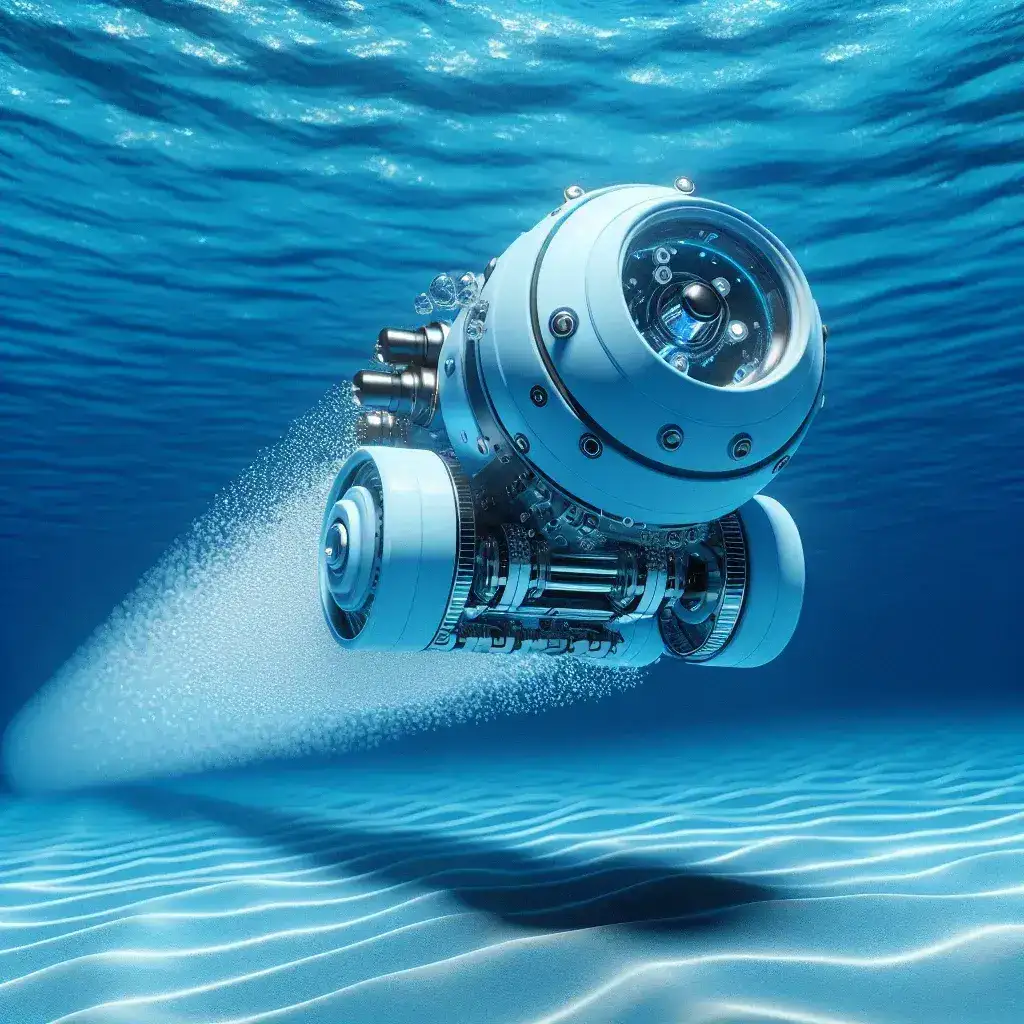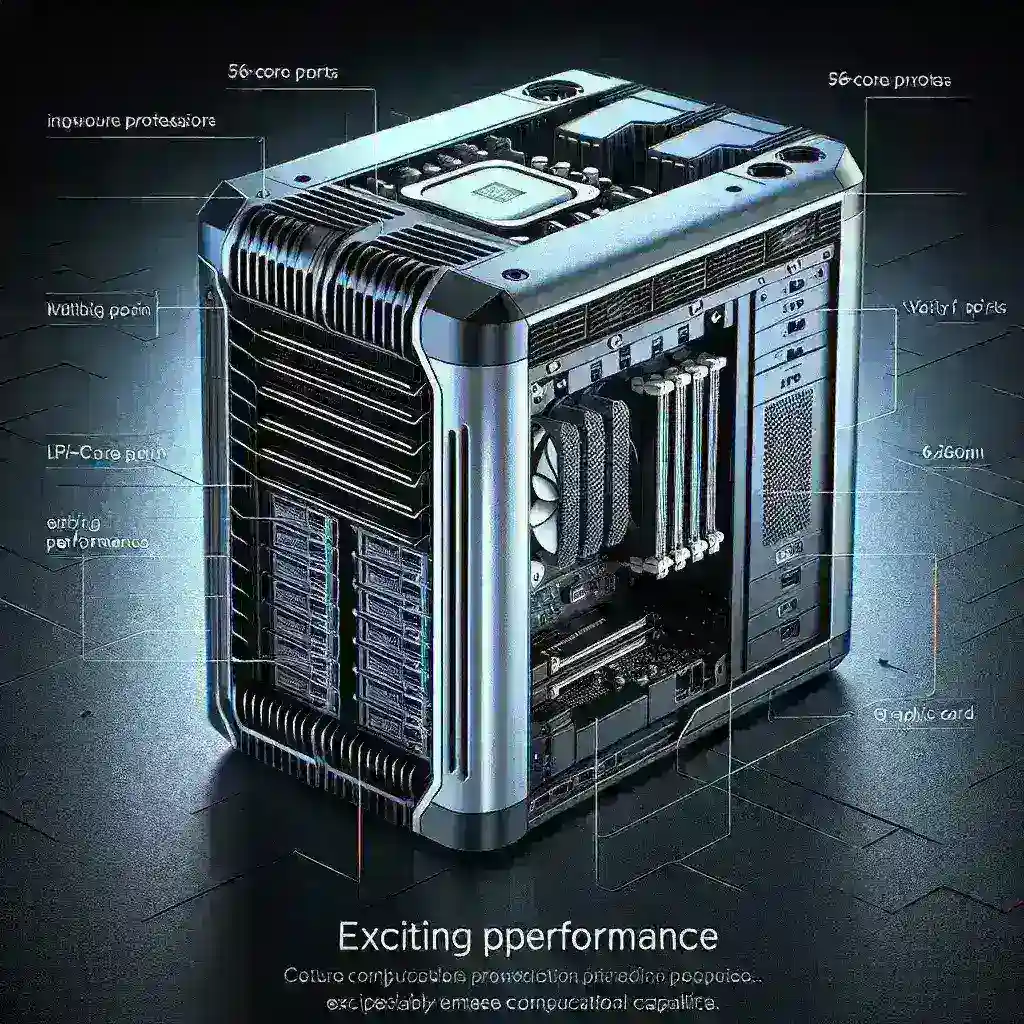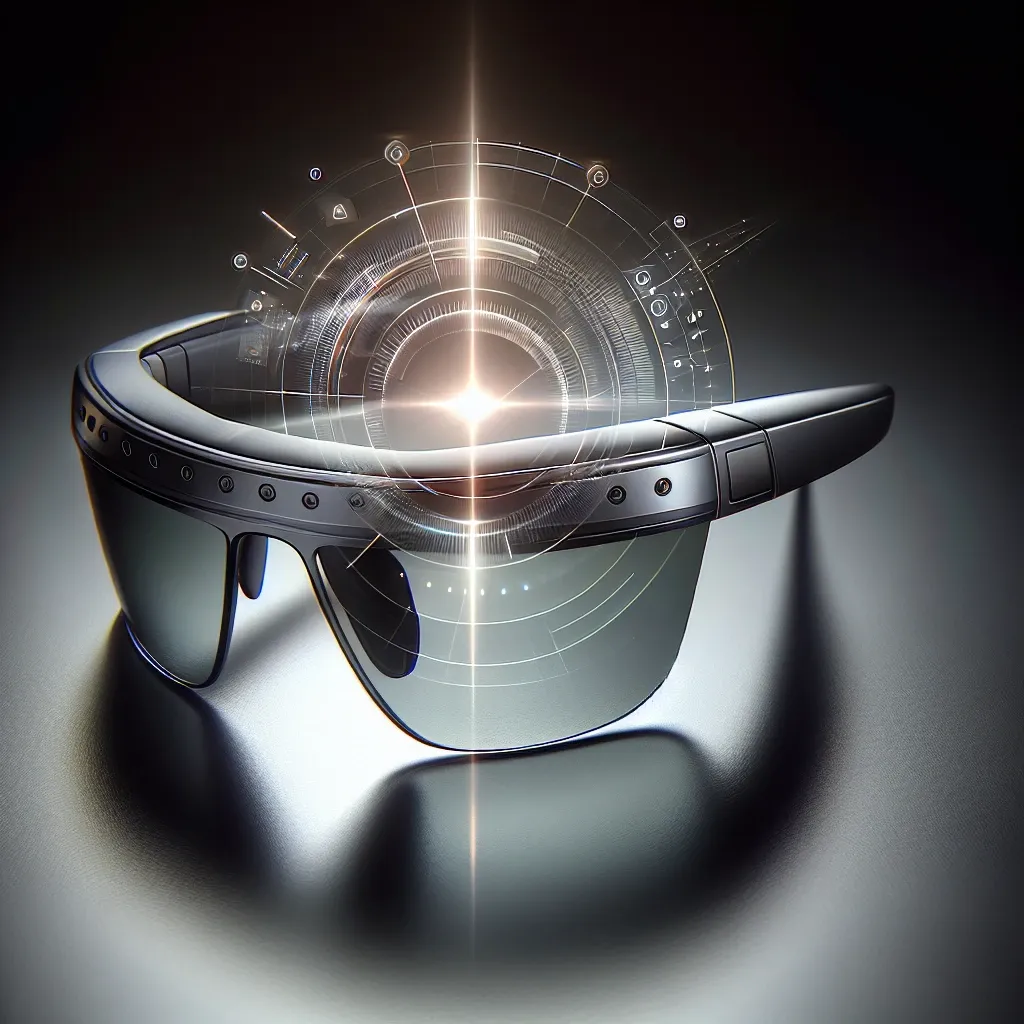Introduction
Underwater robotics has witnessed a significant transformation in recent years, particularly with the advent of soft robotics. Among the most exciting developments in this field is the emergence of high-speed underwater soft robots. These innovative machines are designed to navigate complex aquatic environments with unprecedented agility and efficiency, allowing for a variety of applications ranging from marine research to underwater exploration and even environmental monitoring.
What are Underwater Soft Robots?
Underwater soft robots are a class of robots that are constructed using flexible materials, enabling them to adapt and conform to different shapes and environments. Unlike traditional rigid robots, soft robots can maneuver more easily through intricate underwater terrains, minimizing damage to delicate ecosystems. Their design often mimics the movements of aquatic animals, utilizing principles from biology to enhance their functionality.
Key Features of Soft Robots
- Flexibility: Soft robots are designed to bend and flex, allowing them to navigate tight spaces.
- Adaptability: Their construction enables them to adjust to various aquatic conditions.
- Low Environmental Impact: Soft robots can operate without disturbing marine life.
- High Maneuverability: They can achieve complex movements that are difficult for traditional robots.
Performance Metrics of High-Speed Underwater Soft Robots
Performance in underwater environments is crucial for the effectiveness of soft robots. The evaluation of high-speed underwater soft robot performance can be broken down into several key metrics:
1. Speed and Agility
High-speed underwater soft robots are engineered to achieve rapid movement through water. They can reach speeds comparable to that of some marine animals, allowing them to cover large distances quickly. The design typically incorporates lightweight materials and streamlined shapes to reduce drag.
2. Energy Efficiency
Energy consumption is a critical factor in underwater robotics. High-speed soft robots utilize advanced propulsion methods, such as soft actuators and bio-inspired fins, to maximize thrust while minimizing energy use. This efficiency is vital for prolonged missions in remote underwater locations.
3. Control and Navigation
Effective control and navigation systems are paramount for the success of high-speed underwater soft robots. These systems often employ advanced algorithms and sensor technologies, such as sonar and inertial measurement units (IMUs), to enhance situational awareness and maneuverability. The ability to adapt to changing underwater conditions is a significant advantage.
Applications of High-Speed Underwater Soft Robots
High-speed underwater soft robots are being employed in various fields, showcasing their versatility and utility:
1. Marine Exploration
Soft robots facilitate the exploration of previously inaccessible underwater environments, allowing researchers to study marine life and biology in their natural habitats. Their agility and adaptability make them ideal for navigating coral reefs and underwater caves.
2. Environmental Monitoring
These robots play a crucial role in monitoring water quality, assessing ecosystem health, and detecting pollution. Their non-intrusive nature ensures minimal disturbance to the aquatic environment while gathering essential data.
3. Search and Rescue Operations
High-speed underwater soft robots can be deployed in search and rescue missions, locating lost objects or assisting in underwater emergencies. Their compact design enables them to operate in challenging conditions, such as wrecks or underwater debris fields.
Challenges and Limitations
Despite their advantages, high-speed underwater soft robots face several challenges:
1. Material Durability
The materials used in soft robotics must withstand harsh underwater conditions, including pressure and corrosive environments. Research is ongoing to develop more resilient materials that maintain flexibility and functionality.
2. Communication
Underwater communication remains a challenge due to signal attenuation. High-speed soft robots often rely on acoustic communication, but this can be limited by distance and environmental noise.
3. Cost and Accessibility
The development and deployment of high-speed underwater soft robots can be costly, which may limit their accessibility for smaller research institutions or environmental organizations.
The Future of High-Speed Underwater Soft Robots
The potential of high-speed underwater soft robots is vast, and advancements in technology promise exciting developments in the coming years:
1. Enhanced Autonomy
Future soft robots are expected to feature improved autonomous capabilities, allowing them to perform complex tasks without human intervention. This includes the ability to make real-time decisions based on environmental data.
2. Integration with AI
Artificial intelligence will play a significant role in improving the operational efficiency of underwater soft robots. AI algorithms could enable these robots to learn from their environments, optimizing their navigation and task execution.
3. Expanded Applications
As technology advances, the applications for high-speed underwater soft robots are likely to expand. Future uses may include underwater construction, archaeological exploration, and even assistance in oceanic research related to climate change.
Conclusion
High-speed underwater soft robots represent a revolutionary step forward in the field of marine robotics. Their unique capabilities and adaptability enable them to perform a diverse range of tasks effectively while preserving the delicate balance of underwater ecosystems. As research continues and technology advances, the future appears bright for these remarkable machines, paving the way for innovative applications that can profoundly impact both science and environmental conservation.





Leave a Reply